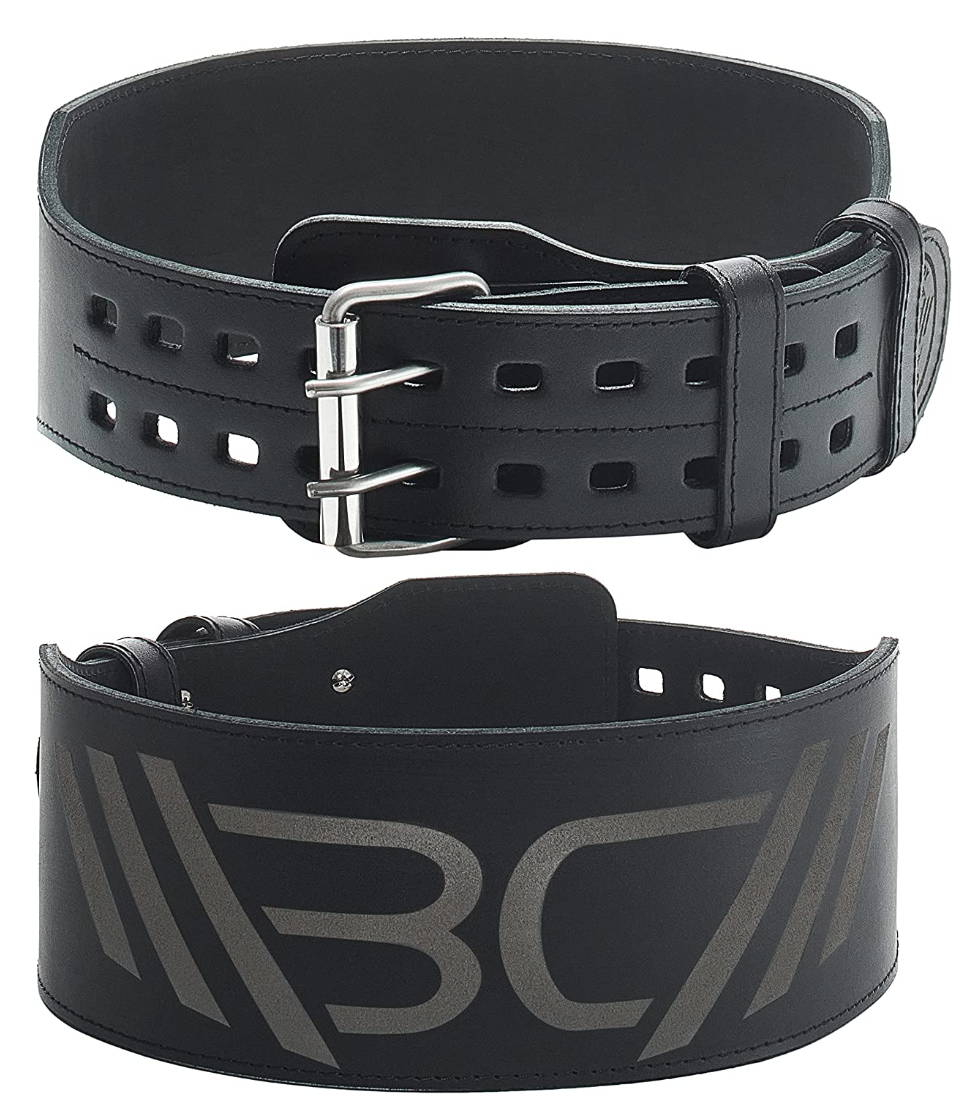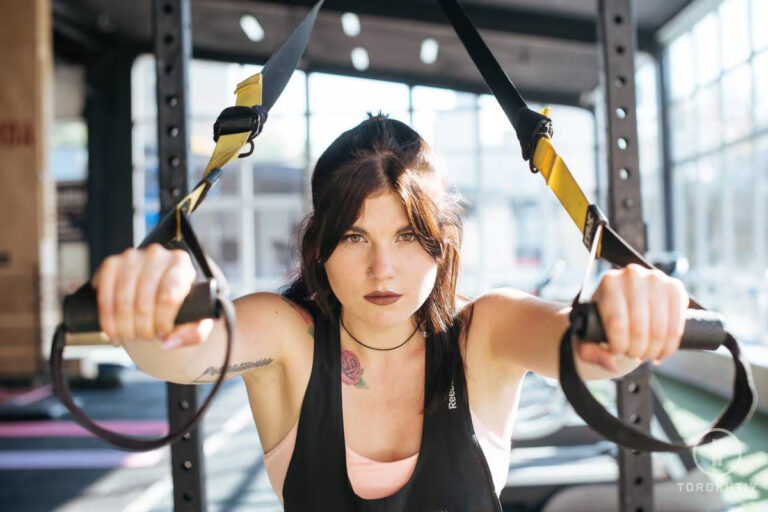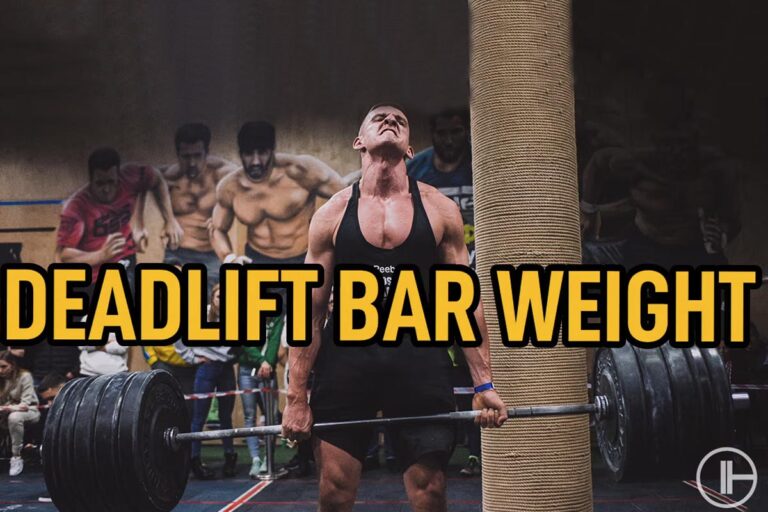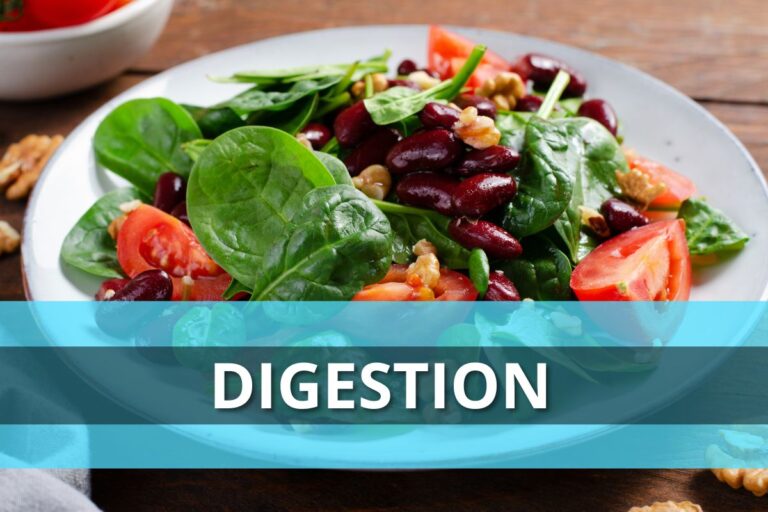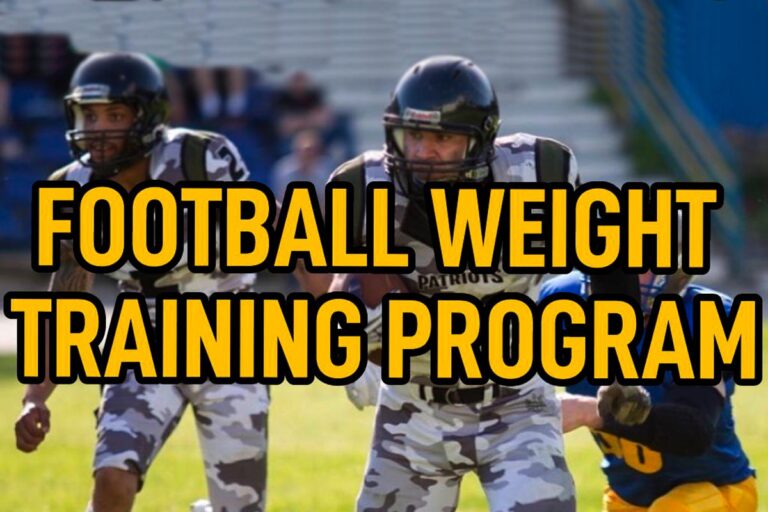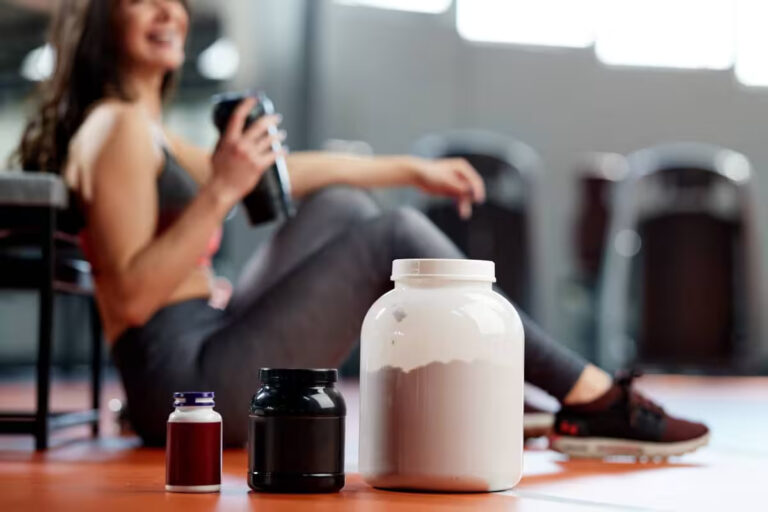Functional Fitness Clusters: Everything You Need to Know
There are few exercises that scream functional fitness like clusters, and you’ve probably heard about it if you’ve been anywhere near functional fitness circles. It’s normal to hear terms like this and know nothing about it. So what is a functional fitness cluster? How can you get into it? We’ll discuss these and more in this article.
First, the short answer.
A functional fitness cluster is a combination of two extremely popular functional fitness movements, the clean and the thruster, into one. This makes for a more efficient and exerting workout that combines the benefits of its component movements.
Now for the long answer. We’ll talk about functional fitness clusters, including why and how to do them, but let’s start at the beginning.

What is a Functional Fitness Cluster?
What is a cluster in functional fitness? It’s a combination of two popular functional fitness movements, the clean and the thruster, to create one full body exercise, hence the name cluster. A clean involves you lifting a barbell from the floor to about hip length, then exploding upwards and catching it on your shoulders just beneath your chin. This is called the catch position.
A thruster, on the other hand, starts with you in a full squat while holding the barbell on your shoulders just beneath your chin. You must then explode, or thrust, upwards until you are holding the barbell up as high as you can with your arms.
When you combine a clean and a thruster, you get a brand new cluster exercise. Instead of stopping in the catch position with the clean, just go straight into a squat and transition into a thruster.
You can also use kettlebells and dumbbells to do a cluster. It involves the same movement basically and only differs in the equipment used. Lift your kettlebell or dumbbell from the floor and explode upwards as it reaches your hip. While the barbell cluster involves you catching it on your shoulders below your chin as you squat, a kettlebell or dumbbell cluster requires you to catch it with your hands just above your shoulder. Then push upwards from the squat as you would normally.
Muscles Worked
By combining the clean and the thruster, you put a wider range of muscles to work. At each point during your movement, a different set of muscles is put to work. Let’s have a look.
In your starting position, your arms, back, glutes, quads, and hamstring all work to get the barbell off the floor. As you get to your hips and explode upwards, your arms, back, and glutes are fired up again, then nearly all the muscles in your legs kick into gear as you settle into the catch position and drop into a squat. Your core also stays engaged throughout.
It’s indeed a full body exercise that works almost all your muscles at least once during the entire movement. Let’s make a list of them.
- Back
- Glutes
- Hamstrings
- Quads
- Core
- Shoulders
- Triceps
Benefits: Why Do Cluster?
You might still be wondering why you should bother adding the cluster exercise to your gym routine. Here are some benefits that might push you off the fence.
✅ Improved performance
By combining two effective workouts, you’re basically getting a two for one kind of impact. The cluster workout targets muscles all over your body and helps build up your gym performance. It increases your endurance and power with several sets of explosive movements involving heavy weights.
The clean and thruster exercises are both compound movements. By mastering the cluster, you automatically increase your skill in each of the individual workouts. You also complete more work in less time by combining the two instead of taking them separately, becoming more efficient in the process.
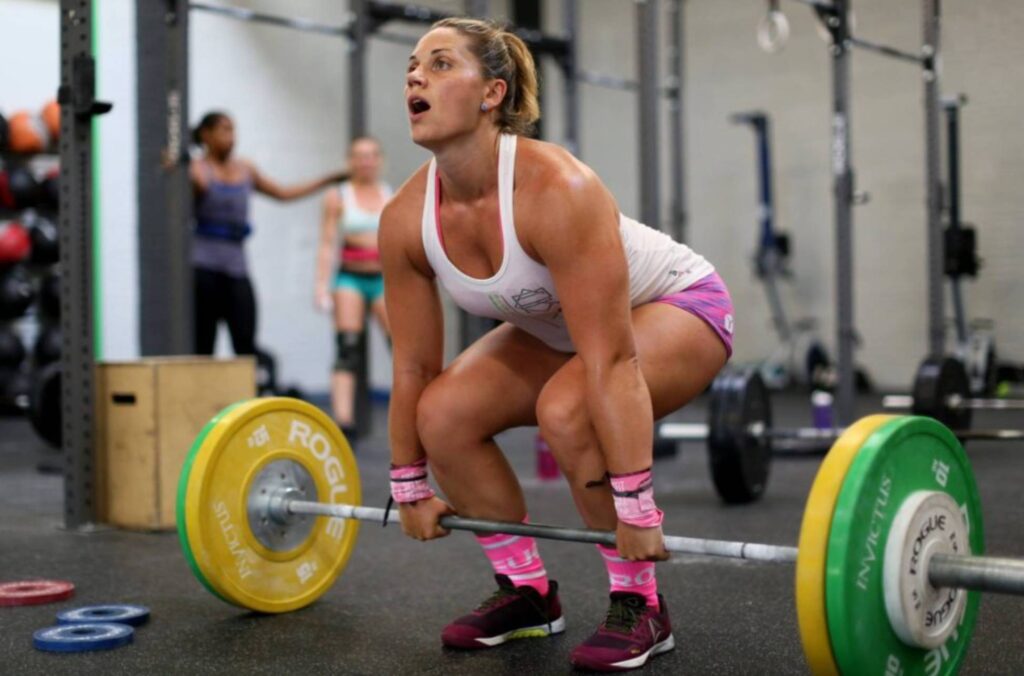
✅ Improved technique
Functional fitness clusters involve several sub-movements in one round of the exercise. You can easily focus on each subset and master the form and technique involved. By the time you master the form and technique for a cluster, it’s like you’re now a master at 3 different exercises.
✅ Faster results
Functional fitness clusters combine the movements of two compound exercises into one full body exercise. This combination means you’re doing the work of two exercises at a time and means each rep involves much more effort than usual. This makes the cluster more efficient in attaining your fitness goals.
For example, you get strength with the clean and the thruster individually, but it happens faster when you do clusters. Likewise, each of the clean and the thruster would help you lose fat, but a cluster cuts the time needed to achieve that.
Functional Fitness Cluster Workouts
Now that you know why you should do clusters, you might be wondering how to add it to your workout routines. There are some workouts featuring functional fitness clusters that have already been designed for you. Let’s have a look at some.
1. Functional Fitness Novem Conditioning WOD
This workout is designed to be as straightforward as possible. It involves only two movements:
10 Rounds for Time
- Clusters × 10 (135/95 lb)
- Hand release push-ups × 15
*The first weight is always for men, and the second for women.
It’s simple enough to understand but quite effective in practice. It helps build endurance and agility.
2. Functional Fitness Midtown WOD
This workout is a bit more intense than the last one. It involves:
- Thrusters (from the rack)
2-2-2-2-2
2. 5 Rounds
- Clusters × 3 (185/125 lb)
- Toes to Bar × 15
- Double Unders × 30
3. Functional Fitness Monrovia OTM WOD
This workout starts with 10 minutes of clusters, then moves into DB power cleans, push-ups, and lateral plate jumps.
EMOM for 10 minutes
- Clusters x 2 (Moderate)
Immediately into:
AMRAP for 10 minutes
- DB hang power cleans ×10 (35/20lb)
- Push-ups × 10
- Lateral plate jumps × 20
*EMOM means “every minute one movement”.
*AMRAP means “as many reps as possible”.
It’s only 20 minutes long but carries a huge effect on muscle development.
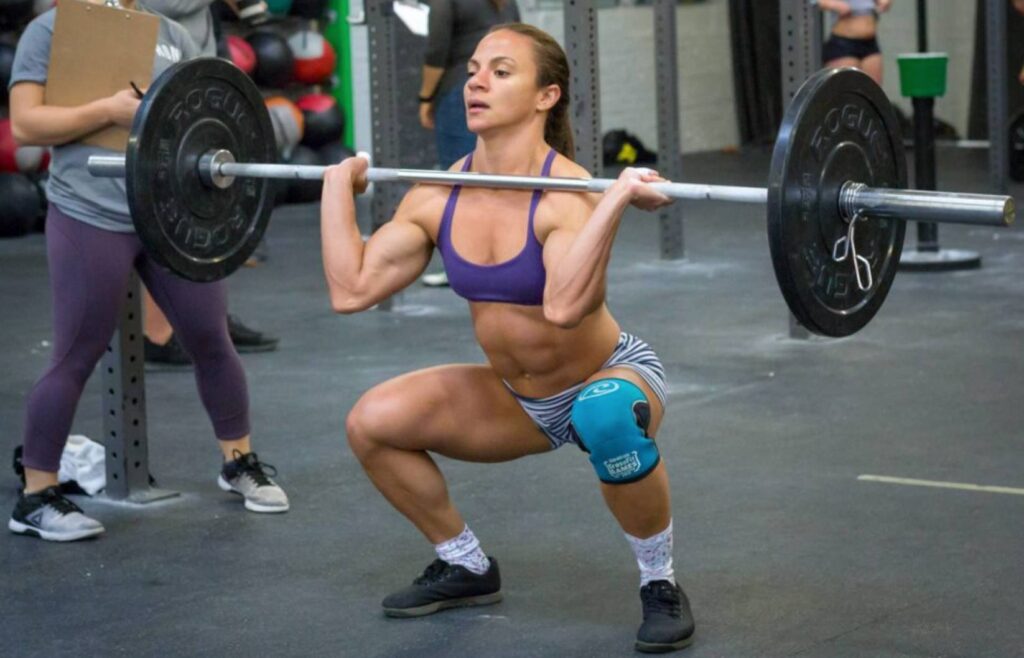
How to Prevent Injury While Performing a Functional Fitness Cluster
Clusters for functional fitness involve two compound movement exercises. This makes them quite complex and could lead to injury if you’re not careful. Here are some tips to help you stay safe as you perform clusters.
1. Start slow
As eager as you may be to start lifting heavy and get that shredded body, it’s better to start slow with a workout like a functional fitness cluster. Remember that it is not only a compound movement exercise but a combination of two!
Lifting too heavy or going straight into the full movements could result in injury simply because you are not ready for that level. You must have mastered the form and technique by breaking it down into the sub-movements. You also want to make sure you’re not lifting weights you can’t handle. Safety is the most important thing in any exercise, so please take it easy.
2. Stick to proper form and technique
As with any workout, form and technique are at the heart of the safety and effectiveness of your movements. The best way to master the proper form and technique of the cluster is to break it into several component movements and master those first. You can then proceed into the complete movements with lighter weights, then reach for the stars once you have it nailed down.
3. Use a weightlifting belt
If you’ve mastered the right form and technique for your exercise, you can also use weightlifting belts. They’re a piece of gym equipment used by lifters to support the lower back during exercises.
Weightlifting belts help strengthen your core by providing a wall for your abs to push into, hence building up intra-abdominal pressure. This increases your ability to support more weight and reduces the stress on your spine. Lifting belts also lock your back in perfect form and prevent it from hyperextending as you work out.
Lifting belts come in 3, 4, and 5 inch widths, and can be made from either leather or nylon, depending on how much support you need. They are quite helpful if you’re looking to try a new set of movements like the cluster or increasing your max weight. You might want to use a weightlifting belt for functional fitness clusters, especially if you’re a beginner.
Make sure you don’t get too dependent on the belts, though. It’s important that you learn to build up your core muscles to advance your development.
Our recommended weightlifting belt
The WBCM leather weightlifting belt is one of the best lifting belts for anyone that wants to lift heavy. It’s made from leather, which is more durable and better for support than nylon belts. It also comes with a steel buckle that keeps it nice and tight around your body. It also comes in different sizes and a 12 month warranty in case you run into trouble. If you’re looking to get a belt to keep your back safe as you dive into the world of functional fitness cluster workouts, this is the one for you.
Questions You May Have
What’s the difference between a cluster and a thruster?
A thruster starts with you holding the barbell about shoulder height just under your chin, in a racked position. You then explode upwards and push the barbell as high as you can.
A cluster is the combination of a clean and thruster.
What’s the use of clusters?
Clusters combine two exercises into one to give you increased results and better performance. It allows you to do more work in less time so that you attain your fitness goals faster than you normally would.
Conclusion
The functional fitness cluster is a hybrid workout that combines two compound exercises in the thruster and the clean to form one super effective exercise. It lets you do more work in less time so your results are better and faster.
Now I’d like to hear from you. Have you seen the cluster being performed before? Does it sound like something you’d want to try? Have I skipped anything? Let’s talk in the comments!
Also Read:
- Military Vs Overhead Vs Shoulder Press
- Clusters Functional Fitness
- Weighted Dips
- When To Start Using A Lifting Belt
- How To Wear Weight Lifting Belt
- Best Lever Belt
- Barbell Sumo Squat
- Gymreapers Lever Belt Review
- Best Weightlifting Belt
References:
- How to Add Compound Exercises to Your Workout Routine // Health Line: https://www.healthline.com/health/fitness-exercise/compound-exercises
- Should You Use a Weight Belt for Lifting? // Very Well Fit: https://www.verywellfit.com/the-proper-use-of-belts-during-weight-training-3119447
- The Best Core Exercises for All Fitness Levels // Health Line: https://www.healthline.com/health/best-core-exercises
Why Trust Us?
With over 20 years in Olympic Weightlifting, our team does its best to provide the audience with ultimate support and meet the needs and requirements of advanced athletes and professional lifters, as well as people who strive to open new opportunities and develop their physical capabilities with us.
By trusting the recommendations of our certified experts in coaching, nutrition, dietology, and sports training programming, as well as scientific consultants, and physiotherapists, we provide you with thorough, well-considered, and scientifically proven content. All the information given in the articles concerning workout programming, separate exercises, and athletic performance, in general, is based on verified data. We ensure that you can rely on our professionals’ pieces of advice and recommendations that can be treated as personalized ones which will benefit you and fully meet your needs.
The product testing process is described in more detail here
Author: Ihor Shymechko
Pro Olympic Weightlifter, Coach
Best Results: Snatch – 208 kg,
C&J – 240 kg
Ihor has been a professional weightlifter since 1996, boasting over two decades of competition experience. His notable achievements include clinching the European Championship in 2009 and securing a silver medal in the 105kg division at the Senior World Championships in 2011. Ihor represented his country in the 2008, 2012, and 2016 Summer Olympics. After retiring from competitive weightlifting, he transitioned to coaching, leveraging his vast experience to guide athletes who now compete on both national and international stages.

